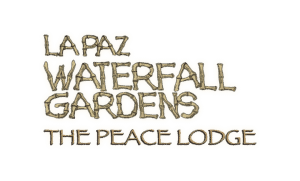Casita Típica
Enjoy life as it was a hundred years ago in our Casita de la Paz. This unique historical Costa Rican farmhouse reproduction was built using only the tools available to the average farmer a century ago. Step back in time and taste typical Tico food including fresh milk (right from the cow), take a ride in an ox-driven cart, sample freshly made tortillas and see how the Ticos lived and worked on rural farms. This casita gives a history tour and cultural insight into the lives of rural Costa Ricans. You will find a small coffee garden in front of the house and information about the history of coffee in Costa Rica and if the beans are ripe you might get to pick a few.
This reproduction was built using only the tools available to the average farmer at the turn of the twentieth century including axes, hand saws, hand planers, picks and chisels. However, in rural areas of Central America without road access and electricity many of the houses are similarly built today.
The architectural and structural design is based on a style frequently seen built in Central America over the past century. The roof contains authentic Nicaraguan baked tiles that have been produced for over four hundred years. The origin of this roof style and tile fabrication developed in the Mediterranean area of Europe and was brought to the New World by the Spaniards. The foundation and stairs were formed by hand chiseling and shaping pieces of local volcanic rock.
The type of wood used in the construction is locally named “Cipres” or Cypress but this is not the case as it is actually a type of “Pine” that was brought from the alpine areas of Europe hundreds of years ago and flourished in the high mountain regions of Costa Rica. It is often used in high altitude construction near where it is grown and has proven to be a strong, light, long-lasting wood with few termite or other insect infestation problems.
The wood-burning stove/oven was built by one of the two or three craftsman in Costa Rica able to design them so that the heat is reflected efficiently and the smoke exits the chimney. The trade was passed down to him by his father who learned the art of this construction from previous generations of craftsman in his family.

